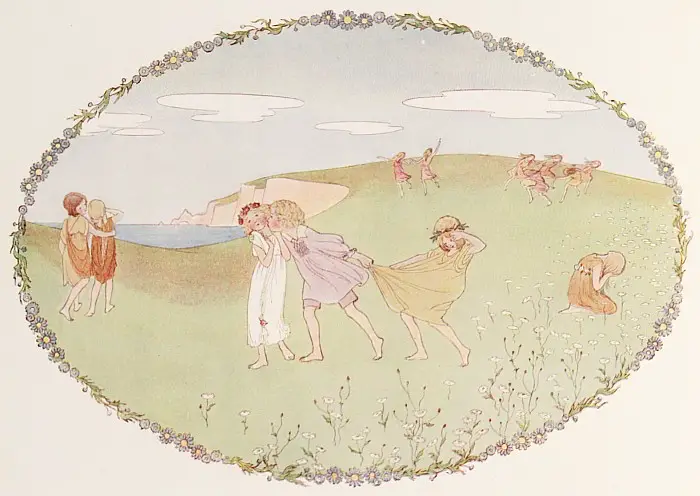Introduction
“Danny Boy” is a popular Irish folk song. It is also known as “Londonderry Air” due to its original tune, which comes from the Londonderry Air, a traditional melody from Northern Ireland. The lyrics to “Danny Boy” were written by Frederic Weatherly, an English lawyer, in 1910. Weatherly was inspired to write the lyrics after his sister-in-law in the United States sent him a copy of the tune.
The song is a heartfelt and emotional ballad that is often associated with themes of love, parting, and longing. The lyrics tell the story of a man named Danny who is bidding farewell to his loved one, who may be moving or passing away. It’s a poignant and melancholic song that has resonated with people for over a century, and it has been recorded and performed by numerous artists in various genres, from traditional Irish singers to pop and classical musicians.
Some of the most famous renditions of “Danny Boy” have been performed by artists like John McCormack, Bing Crosby, and Elvis Presley. It’s a staple of Irish and Celtic music, often sung at funerals, weddings, and other significant events. The song has a timeless quality, and its emotional lyrics and beautiful melody continue to captivate audiences around the world.
Music Score
Here we present a really easy version of Danny Boy / Londonderry Air which at any one time has a maximum of two notes to be played—one with the right hand in the treble clef and one with the left hand in the bass clef.
The majority of notes in the right hand are crotchets (quarter notes) or dotted minims (dotted half notes) with the occasional semibreve (whole note) tied to a quarter note (requiring a count of five in duration).
Most of the left and notes are semibreves (whole notes) or tied whole notes (require a count of eight in duration, stretching across two measures). The exception is in the penultimate bar which has two half notes (minims).
The piece is written in 4/4 time in C major. This provides an easier to play tune with no accidentals (sharps or flats) and at a range many people will be able to sing at. It could be transposed higher or lower if required.
The tune is often sung in a lilting and expressive way which lengthens some notes and shortens others. In this example we have kept the timing quite rigid. As you learn to play the song you may wish to reinterpret it in your own way, keeping the same notes but altering the timings.
Here is the score:

Conclusion
We hope you found this mini tutorial and simple sheet music useful. Remember to have fun, practice carefully, and build your confidence.




